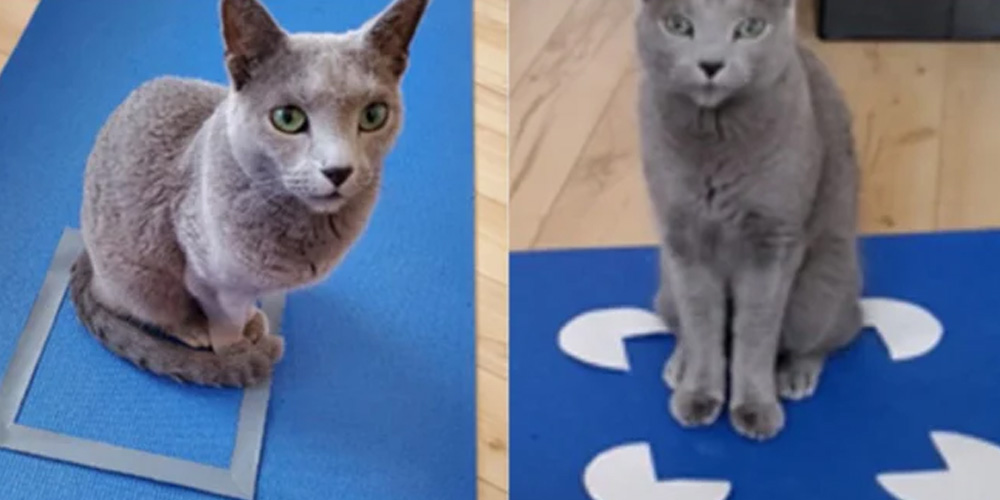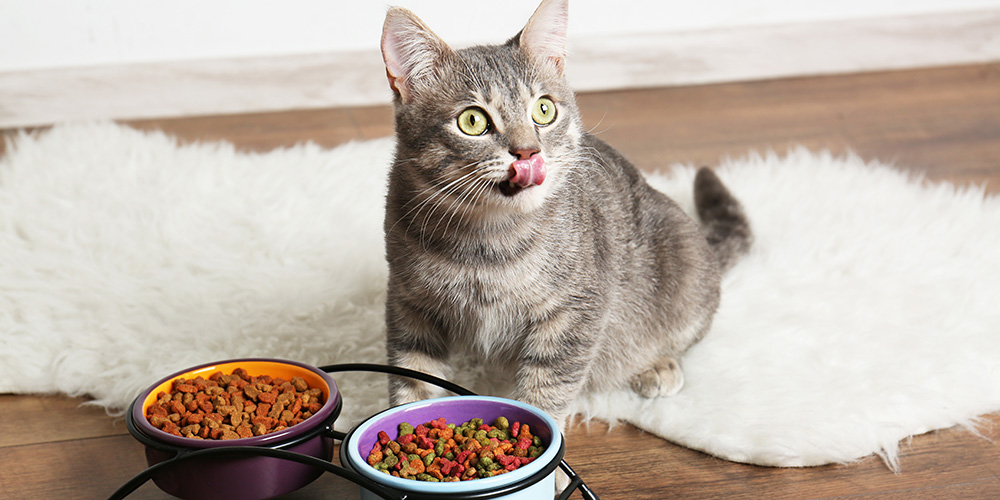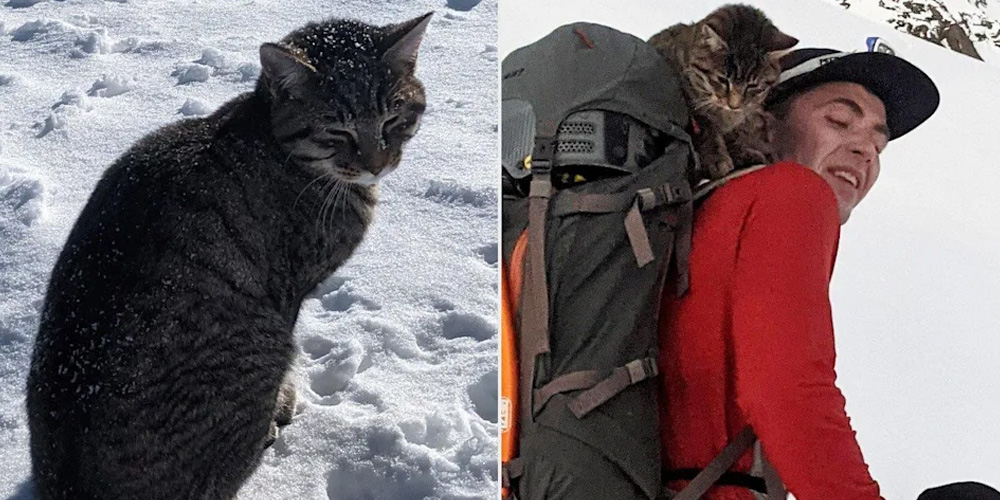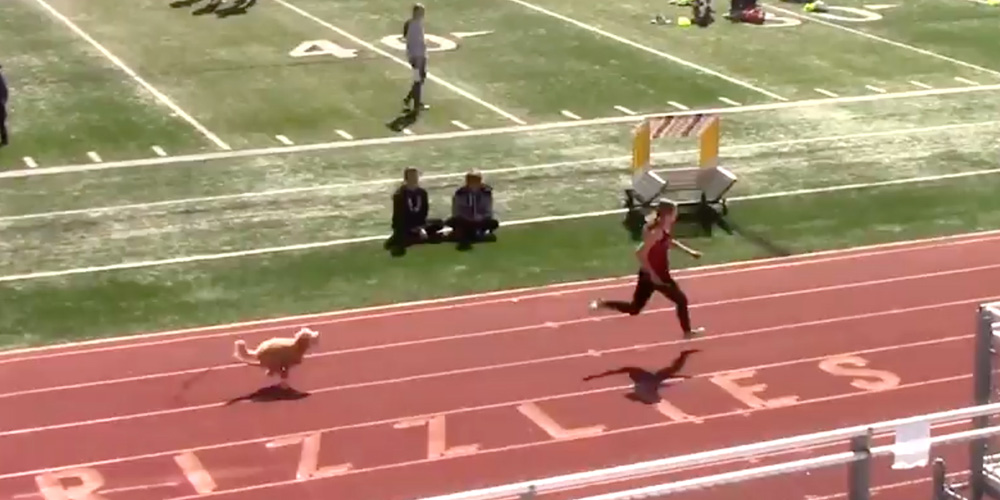I think we all know the comical idiom “where they fits, they sits”, inspired by the perplexing nature of cats and their need to sit inside anything they can fit themselves into. Considering cats in general are such intelligent creatures, they can be truly humorous at times with their wacky behavior. A study recently conducted was able to conclude that cats, for someone unknown reason, can’t resist a square.
The citizen science study conducted which came to this conclusion took place during the summer of 2020 in the midst of the Covid-19 pandemic. That unexplained urge that cats have to sit themselves in enclosed spaces was tested during this study, which was rather affectionately and comically named “If I Fits, I Sits: A Citizen Science Investigation into Illusory Contour Susceptibility in Domestic Cats”.
The premise of the study was to test the limits of a cat’s perception when it comes to an enclosed space, and so simple visual illusions were used. The illusion favored for the test was the Kanizsa square. The Kanizsa square utilizes four Pacman-shaped pieces of paper placed in such a way that the 90-degree openings of the Pacman-style shapes formed the four corners of a square. As the four pieces are not actually meeting this does not qualify as a complete square, however, the viewer will perceive a square upon looking at it.
This illusion is so effective thanks to our brain’s natural ability to obtain visual information and form what we are seeing around a preconception. This is how we see faces where there aren’t any and form humanoid shapes out of a shadow. It is also a deep-seated fact of our hunter-gatherer routes, in which a human would be able to pick out the shape of food in foliage, or a predator in the woodland.
Cognitive ethologist Gabriella Smith and some of her colleagues from the City University of New York (Hunter College) decided a good way to test their theory would be to recruit cat owners from all over to carry out the study over a wide range of feline and home environments.
Smith had previously explained that the inspiration for her study came to her after a lecture she had attended which had discussed a dog’s susceptibility to optical illusions. When she had arrived home following this lecture, she saw her roommate’s cat, which got her thinking. It was common knowledge that cats like boxes, or even outlines on the ground, but would they have that same response to an illusion being presented to them?
There were 3 methods in which the participants needed to create a square or squarelike space, including a control shape that wasn’t a square at all. The owners needed to create a square on the ground made of tape, a Kanizsa square (visual illusion), and then use more of the same Pacman-like shapes, arranged facing the opposite direction, to create a non-square shape.
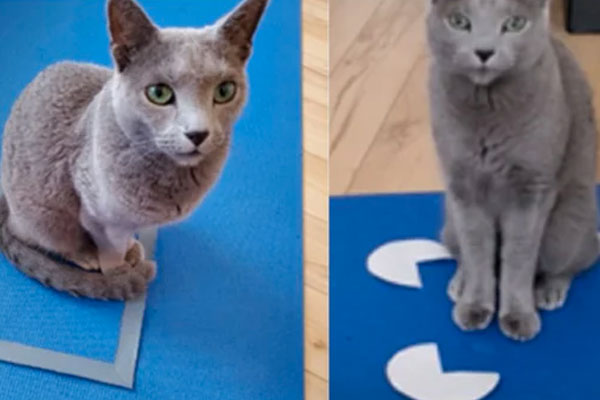 Each cat owner was then required to film the feline subject’s responses to the shapes put before them. The tests were filmed under as controller conditions as possible, all things considered. These conditions needed to avoid the cat’s choice from being influenced by any external forces.
Each cat owner was then required to film the feline subject’s responses to the shapes put before them. The tests were filmed under as controller conditions as possible, all things considered. These conditions needed to avoid the cat’s choice from being influenced by any external forces.
The “If I Fits, I Sits” study had originally enrolled a total of a whopping 500 willing citizens to take part in the trials. However, after a variety of tests, the final data on the study was narrowed down to a much more modest 30 citizen scientists, as each of the final 30 was able to complete all of the trials necessary.
The results of the test were summed up to show that the cats used in the studio would more often sit in the Kanizsa square illusion or taped square than the non-square Kanizsa control. This revealed that cats are also susceptible to illusory contours in a “human-like way”. Additionally, it would suggest that cats are more than likely attracted to 2D shapes for their sides (or contours), as opposed to the pure novelty of them on the floor.
It was also added that the unfortunately small number of final subjects, compared to the original 500, will have limited the overall outcome of the study. However, it is not a loss, as this particular study does add to previous research done on the topic of a cat’s response to the illusion of contours.
A particularly helpful and potentially game-changing detail in this study is the fact that it was done in a familiar home environment and was conducted by a familiar person. This means that every cat in the study will have been completely at ease whilst deciding where to sit. It is a well-documented fact that cats do not appreciate change or new environments – such as labs – and so a comfortable environment has the potential to make a big difference to the end result.
The use of studies such as these means we come one step closer to understand how a cat’s vision works and being able to compare it to other species. In-depth studies provide humans with a way to understand these things without the use of a language, which cats obviously do not possess.
On May 4th, 2021, Smith’s study was published in “Applied Animal Behaviour Science”, which Smith proudly announced on her Twitter page.
The team for this fascinating study wrote that they feel cognition studies for cats are greatly lacking when compared to cognition tests for domestic dogs. Additionally, they state that they feel citizen science can be the perfect precursor to a laboratory-based investigation, which could help to “bridge this divide”.
It is not completely understood why cats sit where they fit, hence its continued investigation. However, there have been other studies that have proven the calming effect sitting in a box can have on a distressed feline. So it doesn’t seem like too much of a stretch to think that being enclosed gives cats comfort, even if the enclosure is simply lines drawn on the ground or even the illusion of an exclosure.

